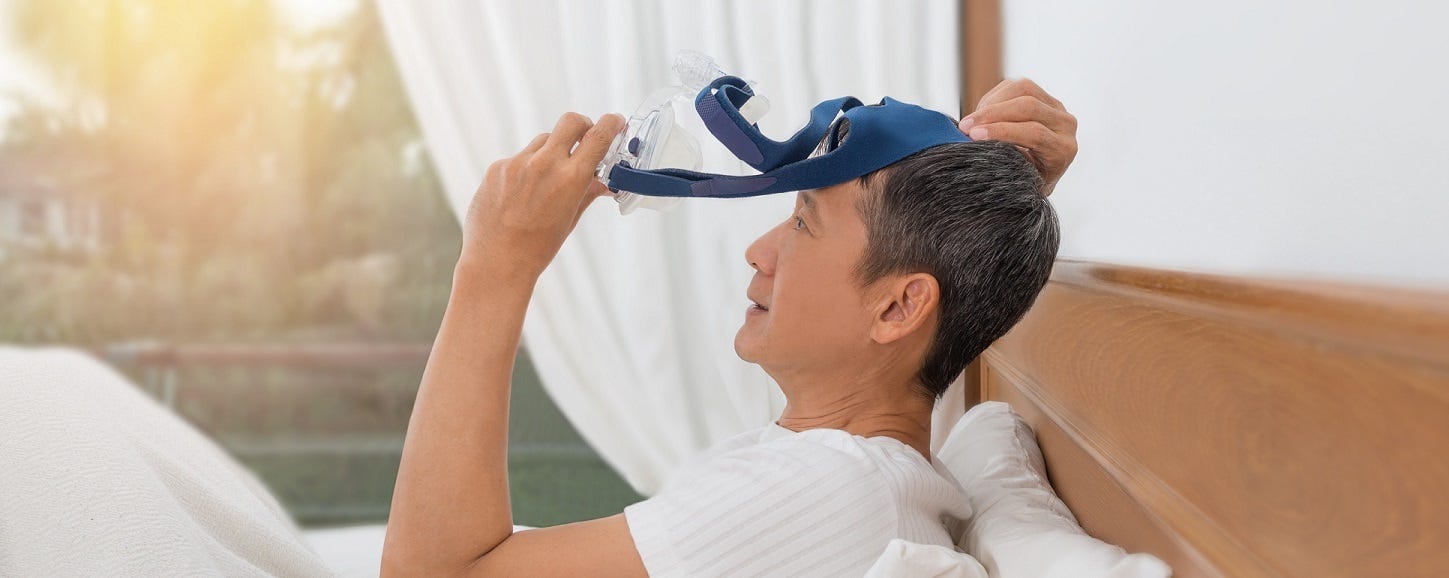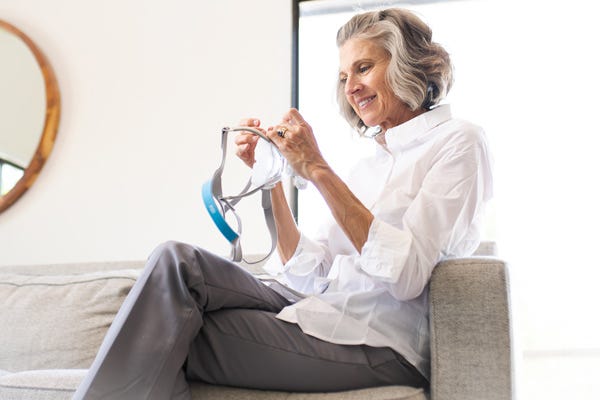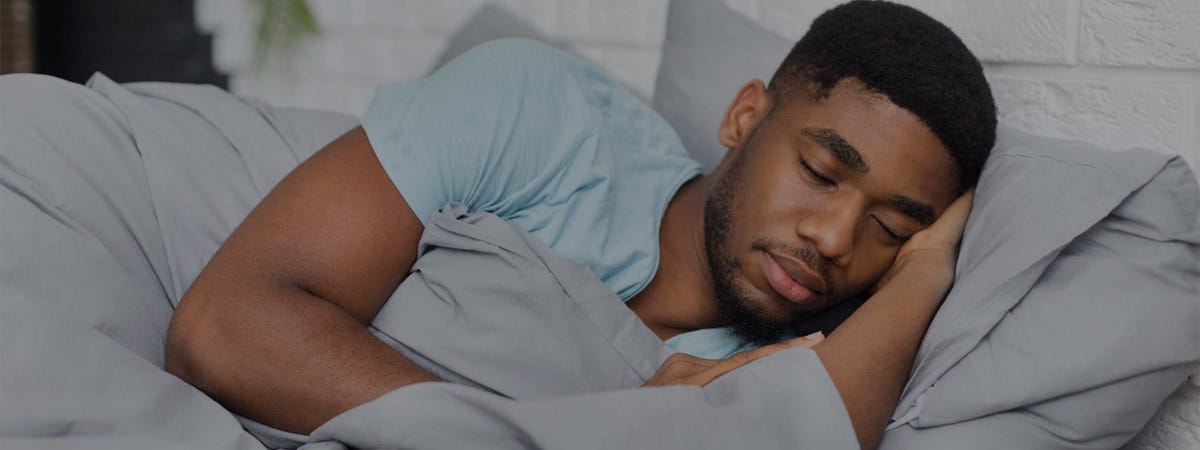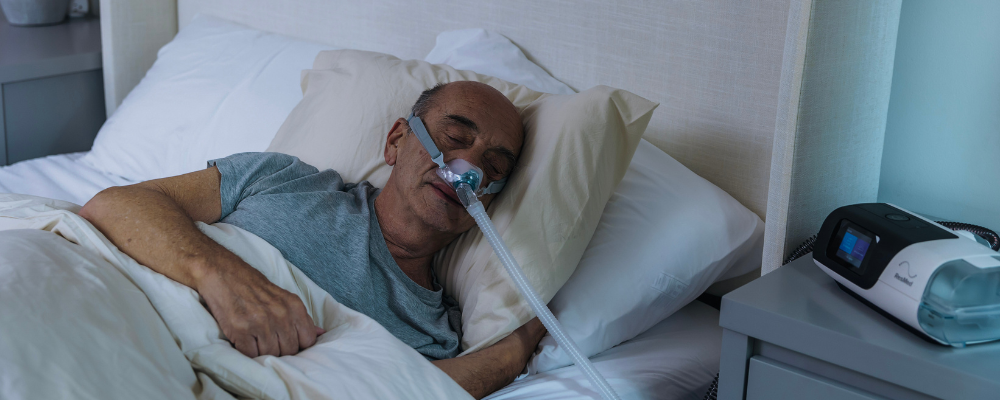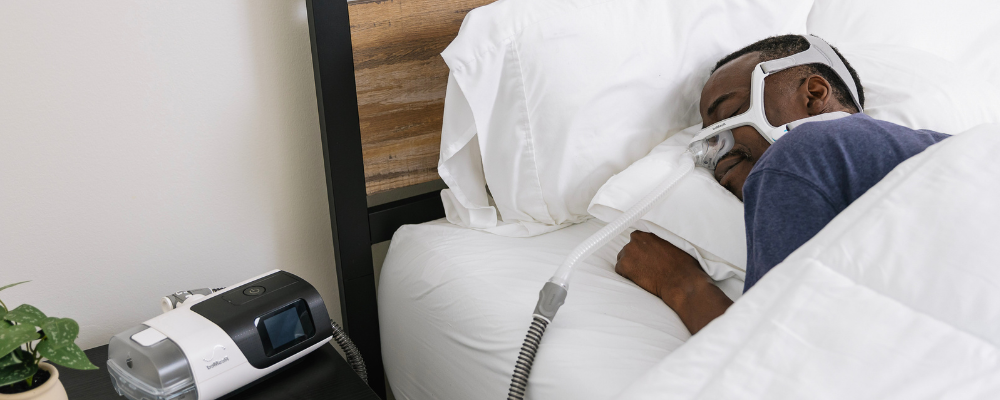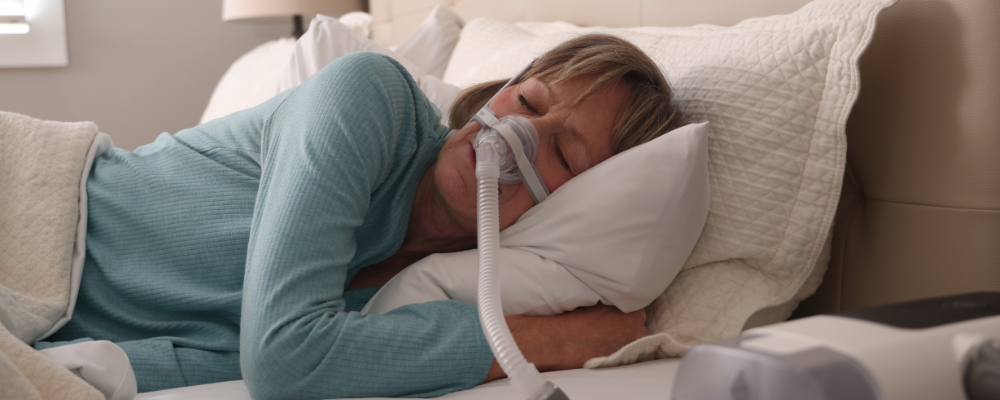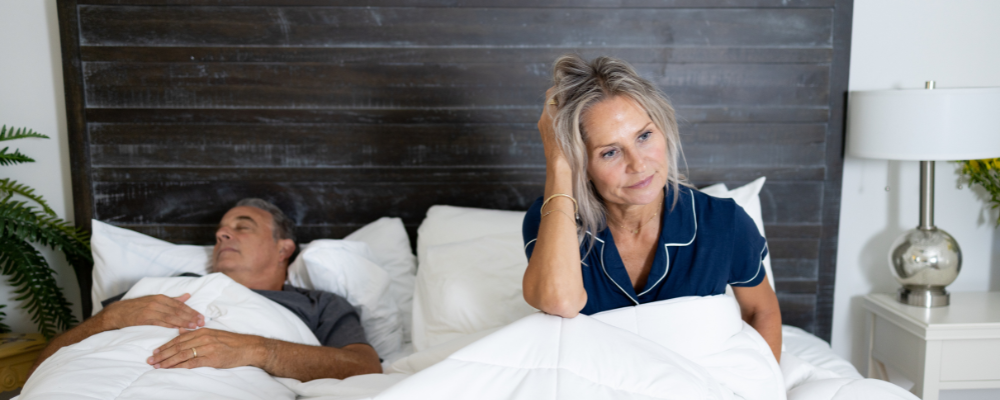Finding a CPAP mask that fits can be quite the undertaking. Aeroflow Sleep offers 4 CPAP mask styles: full face masks, nasal masks, nasal pillow masks, and hybrid masks. Every one of these treats obstructive sleep apnea (OSA) through continuous positive airway pressure (CPAP,) but not every one may be right for you.
Today, we’ll go over the ins and outs of CPAP mask fitting, provide tips on how to fit your mask at home, and share some products covered up to 100% through insurance when you choose Aeroflow Sleep as your CPAP equipment supplier.
In This Article:
How Do I Find My CPAP Mask Size?
How Do I Pick The Perfect CPAP Mask?
Sleep Well & Live Better With Aeroflow Sleep
CPAP Through Insurance:
Aeroflow Sleep is in-network with most primary insurance companies and is accreditted by Medicare and Medicaid. Complete our Qualify Through Insurance Form, and we will automatically check to see if your plan covers CPAP supplies; including a machine, mask, and accessories. ***Must have a sleep study to qualify.***
You will also receive the care and attention every sleep apnea patient deserves; one-on-one clinical support in-home or via telehealth, a dedicated Sleep Specialist you can contact during business hours, and a user-friendly online portal with tailored replacement schedule, important updates and notifications, and educational resources.
Let us take the headache out of healthcare. Join the Aeroflow Sleep family today! It only takes 5-7 minutes to get started.
How Do I Find My CPAP Mask Size?
We are certain Goldilocks had sleep apnea in another life, because a common problem among OSA patients is whether their CPAP mask is too small, too big, or just right. The truth is CPAP mask sizes vary between brands and models, and the only surefire way to know if yours is perfect or not is to try it on.
If a fitting cannot be accomodated, a new, revolutionary mask fitting technology is now available through Aeroflow Sleep. Simply download the app on any smartphone, take a photo of your beautiful smile, and watch as the algorithm discovers which of the latest CPAP models fit your unique face shape the first time. It’s that easy!
Sizing guides are also available. Search for any CPAP mask and scroll to the bottom of its corresponding Aeroflow Sleep product page for a printable PDF or call your dedicated Sleep Specialist and ask for a paper template to be shipped with your next order.
With these tools at the ready, it’s time to pick the perfect CPAP mask!


How Do I Pick The Perfect CPAP Mask?
Start by asking yourself these 3 questions when determining which CPAP mask is right for you:
What Is Your Sleeping Position?
Whether you sleep on your back, side, or stomach says a lot about the type of mask you should be wearing. OSA patients who sleep on their backs will have the least amount of difficulty adapting to a CPAP mask and can generally choose from any of the different mask styles.
Meanwhile, finding a comfortable CPAP mask for side and stomach sleepers can be challenging. In this case, try to avoid full face mask designs and opt for either a nasal mask or nasal pillow mask. Aeroflow Sleep recommends the Fisher & Paykel Evora Nasal CPAP Mask, because the tubing connects at the top of your head and pushes the air through a hollow mask frame. If you are also an active sleeper who tosses and turns at night or if you like to cuddle your bed partner, the tubing swivels, so it never gets in the way.
Are You a Mouth Breather?
Sleeping with your mouth open at night is another important trait to identify when asking which CPAP mask is right for you. Nasal masks and nasal pillow masks leave the mouth free, which you may think is the best solution given that nothing is blocking your mouth. Think again! CPAP therapy is meant to treat your breathing, and air pressure can actually escape from your mouth when left exposed. Therefore, you wouldn’t be getting the proper CPAP therapy. A full face mask or hybrid mask is best for mouth breathers.
The ResMed AirFit F20 Full Face CPAP Mask is a popular choice among sleep apnea patients who breathe through their mouths, because it covers both the nose and mouth. If you do choose to wear a nasal mask or nasal pillow mask, you may also want to invest in a chin strap to keep the jaw closed while you sleep, and if you suffer from dry mouth, we recommend adding a humidifier to your collection of medical equipment too. Either is the ideal CPAP mask setup for mouth breathers.
Do You Have Facial Hair?
Facial hair is the pride and joy of many, and there is a CPAP mask solution for having both a beard and sleep apnea—and it’s not shaving. A nasal pillow mask will do the trick, because unlike nasal masks, CPAP nasal pillows are physically inserted into the nasal passages. How to tell if CPAP nasal pillows fit is if they are cradling beneath the nose rather than over it, and it is for this reason that we recommend the ResMed Air Fit P10 Nasal Pillows CPAP Mask for patients with facial hair.
Some OSA patients will also use beard oil to try to soften their facial hair, making the mask fit more comfortably and minimizing mask leaks. Others do prefer a nasal CPAP mask that is compatible with mask liners like Remzzzs, which hold your mask in place and put a stop to skin irritations. Plus, Remzzzs are made from a special blend of naturally absorbent fibers, so you won’t have to worry about the age-old problem that occurs when silicone comes in contact with your face—perspiration.
At the end of the day, the choice is yours, and your beard shouldn’t get in the way much if your mask fits correctly.
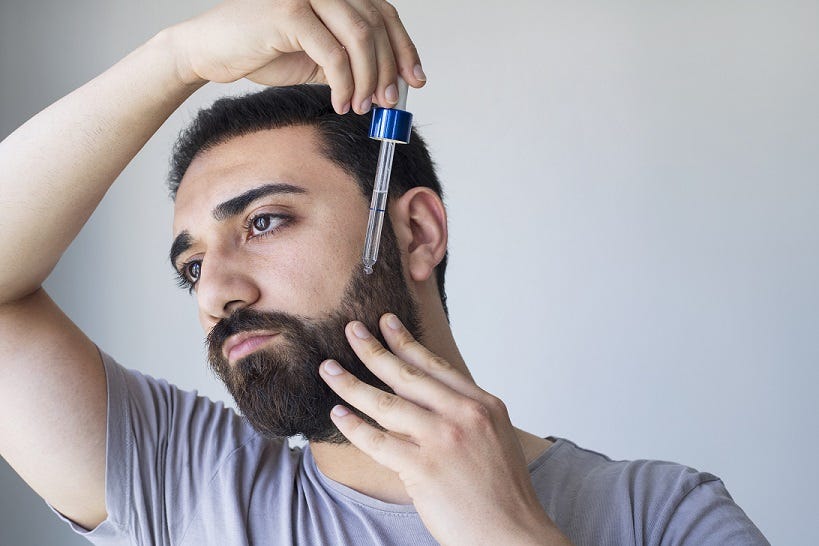

6 CPAP Mask Fitting Tips
One of the benefits of joining the Aeroflow Sleep Program is that we schedule an initial setup with you, in person or via telehealth. During your setup, a clinician will show you how to use your CPAP machine as well as how to wear your new mask. You don’t have to be fitted for a CPAP mask, but it can help to know how to adjust yours at home if this is your first time.
Here are 6 tips our clinicians share:
- Loosen the headgear, and then tighten it slowly
- Make sure you can get one finger under each strap
- Make sure your mask is not sitting too high or too low
- Practice putting your mask on in front of the mirror
- Make adjustments while lying in your preferred sleeping position
- Fit your mask in the daytime BEFORE you need it
Doing this will also prevent nose sores and red marks. Remember, a perfect fit is only as good as its application, so be diligent and thorough.
CPAP Mask Fitting FAQ
These 3 questions are frequently asked by OSA patients who have a poorly fitting mask, so let’s review the answers together!
How Do I Know If My CPAP Mask Is Too Tight?
A strong indication of your CPAP mask being too tight is if you can’t get one finger under each strap. To loosen your CPAP mask, adjust either side of the headgear until it lays flat against your temples. Go ahead and turn your CPAP machine on, so you can feel the air blowing. Finally, tighten the mask until there are zero air leaks and do not tighten any further than that.
How Do I Know If My CPAP Mask Is Too Small?
Take care and know the difference between when it is your mask and when it is claustrophobia. New OSA patients often feel like the mask is stifling when they first put it on. Over time, this feeling should pass. If that feeling does not pass or that feeling doesn’t apply to you, then you may want to consider if your CPAP mask is too small.
If you notice the mask cutting into your skin and leaving red marks in the morning, it’s time to call Aeroflow Sleep about swapping out your CPAP mask for a different size. Luckily, Aeroflow Sleep has a free 30-day mask swap guarantee if you are not 100% satisfied.
What Happens If MY CPAP Mask Is Too Big?
Recurring mask leaks and air blowing in your eyes may tell you if your CPAP mask is too big, and the same opportunity applies; Aeroflow Sleep will let you swap it for another within the first 30 days. No questions asked.
Sleep Well & Live Better With Aeroflow Sleep
We understand that having a sleep disorder is tricky enough without navigating mask sizing, so ask your doctor or healthcare provider if a new mask is right for you. Then, reach out to Aeroflow Sleep for excellent service and a customized experience. Fill out our online qualify form below, if you've never worked with Aeroflow Sleep before. You'll soon find out we’re here to help!


